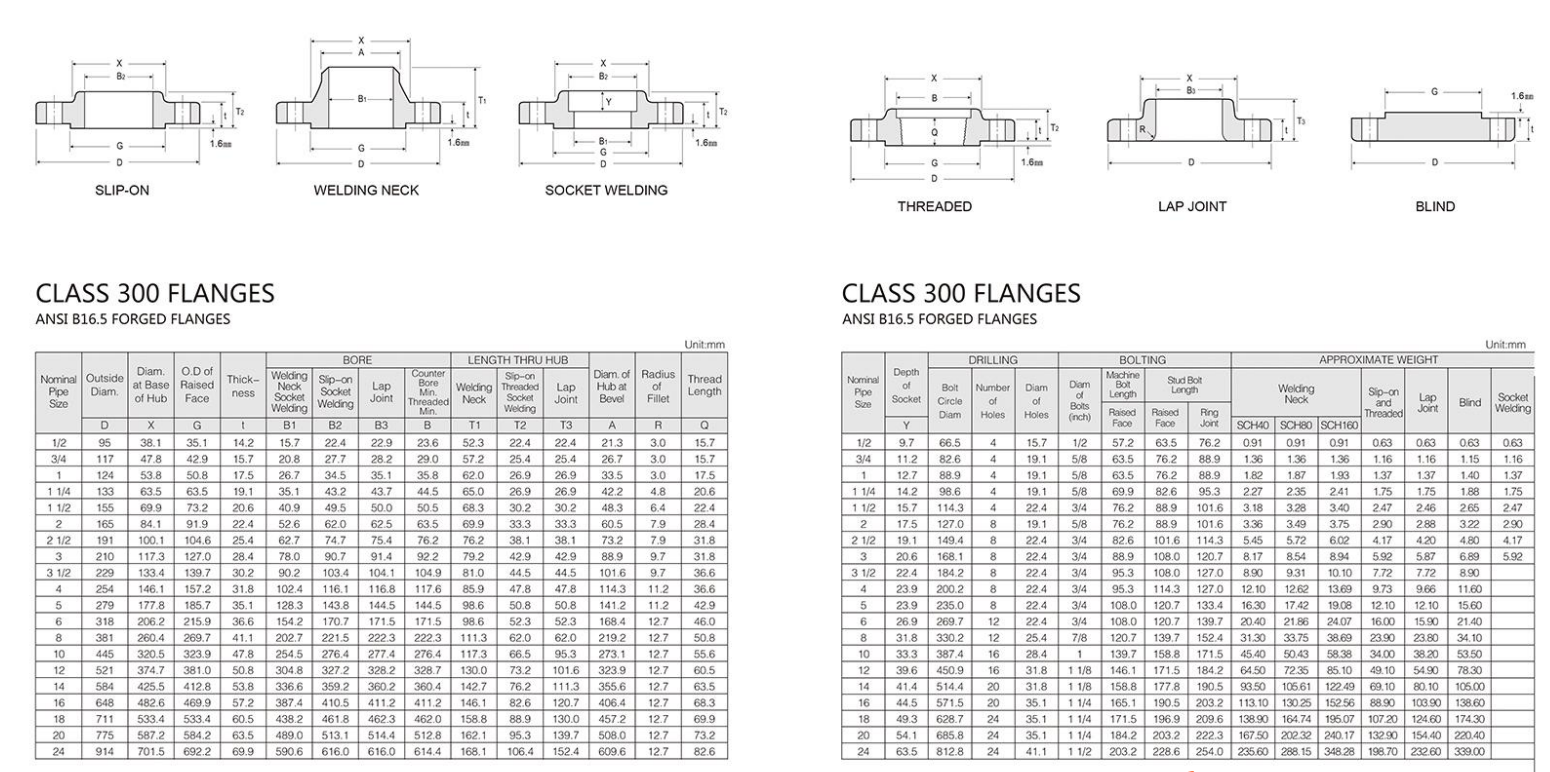-
Cangzhou Yulong Steel Co., Ltd.
-
Phone:
+86 13303177267 -
Email:
admin@ylsteelfittings.com
- English
- Arabic
- Italian
- Spanish
- Portuguese
- German
- kazakh
- Persian
- Greek
- French
- Russian
- Polish
- Thai
- Indonesian
- Vietnamese
- Zulu
- Korean
- Uzbek
- Hindi
- Serbian
- Malay
- Ukrainian
- Gujarati
- Haitian Creole
- hausa
- hawaiian
- Hebrew
- Miao
- Hungarian
- Icelandic
- igbo
- irish
- Japanese
- Javanese
- Kannada
- Khmer
- Rwandese
- Afrikaans
- Albanian
- Amharic
- Armenian
- Azerbaijani
- Basque
- Belarusian
- Bengali
- Bosnian
- Bulgarian
- Catalan
- Cebuano
- China
- China (Taiwan)
- Corsican
- Croatian
- Czech
- Danish
- Esperanto
- Estonian
- Finnish
- Frisian
- Galician
- Georgian
- Kurdish
- Kyrgyz
- Lao
- Latin
- Latvian
- Lithuanian
- Luxembourgish
- Macedonian
- Malgashi
- Malayalam
- Maltese
- Maori
- Marathi
- Mongolian
- Myanmar
- Nepali
- Norwegian
- Norwegian
- Occitan
- Pashto
- Dutch
- Punjabi
- Romanian
- Samoan
- Scottish Gaelic
- Sesotho
- Shona
- Sindhi
- Sinhala
- Slovak
- Slovenian
- Somali
- Sundanese
- Swahili
- Swedish
- Tagalog
- Tajik
- Tamil
- Tatar
- Telugu
- Turkish
- Turkmen
- Urdu
- Uighur
- Welsh
- Bantu
- Yiddish
- Yoruba

Dec . 06, 2024 15:01 Back to list
22mm Pipe Cap Options for Secure and Reliable Sealing Solutions
Understanding 22mm Pipe Caps A Comprehensive Guide
When it comes to plumbing and piping systems, the small components often play a crucial role in ensuring the effectiveness and longevity of the overall system. One such component is the pipe cap, particularly those designed for 22mm pipes. In this article, we will delve into the purpose, types, materials, and installation considerations for 22mm pipe caps, providing a thorough understanding of their significance in plumbing applications.
Purpose of a Pipe Cap
A pipe cap, as the name suggests, is a fitting that is used to close off the end of a pipe. The primary purpose of a pipe cap is to prevent the flow of liquids or gases from exiting the pipe unexpectedly. This containment is vital in various scenarios, including maintaining pressure within a system, protecting the pipe's interior from contaminants, and ensuring safety by minimizing leaks. Pipe caps are commonly found in plumbing, gas, and industrial applications, making them an essential component in many piping systems.
Types of Pipe Caps
Pipe caps come in various shapes and sizes to accommodate different pipe dimensions and applications. For 22mm pipes, caps are available in different types, including
1. Standard Caps These are the most commonly used caps and feature a straightforward design that is ideal for sealing the ends of pipes in a wide range of applications.
2. Threaded Caps Threaded caps are equipped with internal threads that allow them to be screwed onto the end of a pipe. This provides a secure fit and is often used in applications where dismantling is necessary for maintenance or inspection.
3. Socket Caps These caps have an internal socket design that allows them to fit over the end of a pipe. Socket caps are typically used in welding applications, providing a seamless seal for pipes that are joined together.
4. Reducing Caps These caps are designed to fit onto pipes of different diameters, allowing for easy transitions between various pipe sizes. For instance, a reducing cap might connect a 22mm pipe to a 15mm pipe.
Materials Used for Pipe Caps
The material from which a pipe cap is made is crucial for its performance and application suitability. Common materials include
22mm pipe cap

- PVC (Polyvinyl Chloride) PVC caps are lightweight, corrosion-resistant, and affordable. They are often used in plumbing applications for cold water systems.
- CPVC (Chlorinated Polyvinyl Chloride) CPVC caps can withstand higher temperatures than PVC and are commonly used in hot water systems.
- Metal Caps These caps, typically made from materials such as stainless steel, brass, or copper, are used in applications that require durability and high resistance to pressure, such as gas piping systems.
- Rubber Rubber caps can be used for temporary sealing and are particularly useful in irrigation and drainage systems.
Installation Considerations
Installing a 22mm pipe cap requires careful attention to ensure a secure and effective seal. Here are some essential steps and tips
1. Surface Preparation Ensure the end of the pipe is clean and free of debris to create a proper seal.
2. Choosing the Right Cap Select the appropriate cap type and material based on the application, pressure requirements, and environmental conditions.
3. Secure Fitting For threaded caps, apply tape to the threads before installation to enhance the seal. For socket caps, ensure that the pipe fits snugly and is welded or glued appropriately.
4. Testing After installation, test the system for leaks by applying pressure or running water through the pipes. Checking for leaks ensures that the cap has been fitted correctly and functions as intended.
Conclusion
In summary, 22mm pipe caps are fundamental components in various piping systems, serving the essential function of sealing pipe ends. Understanding the different types, materials, and installation techniques associated with these caps can help ensure a robust and reliable plumbing system. Whether you are involved in DIY plumbing projects or working on large industrial installations, recognizing the significance of pipe caps can lead to improved system performance and safety. By paying attention to detail and selecting the right caps for specific applications, you can contribute to the overall effectiveness and longevity of your piping infrastructure.
Latest news
-
ANSI 150P SS304 SO FLANGE
NewsFeb.14,2025
-
ASTM A333GR6 STEEL PIPE
NewsJan.20,2025
-
ANSI B16.5 WELDING NECK FLANGE
NewsJan.15,2026
-
ANSI B16.5 SLIP-ON FLANGE
NewsApr.19,2024
-
SABS 1123 FLANGE
NewsJan.15,2025
-
DIN86044 PLATE FLANGE
NewsApr.19,2024
-
DIN2527 BLIND FLANGE
NewsApr.12,2024
-
JIS B2311 Butt-Welding Fittings LR/SR 45°/90° /180°Seamless/Weld
NewsApr.23,2024











